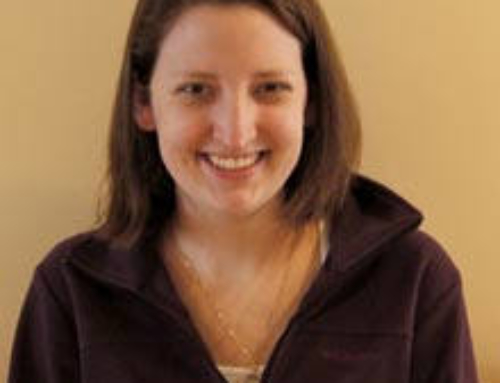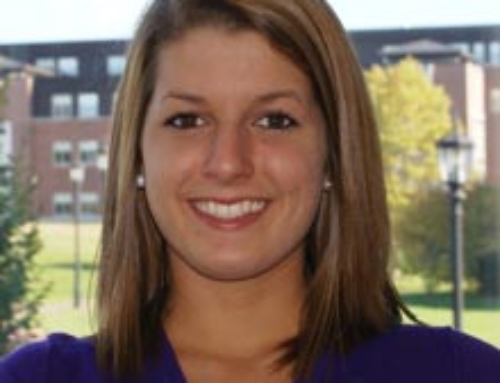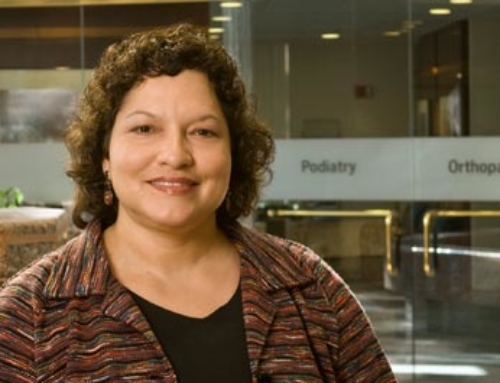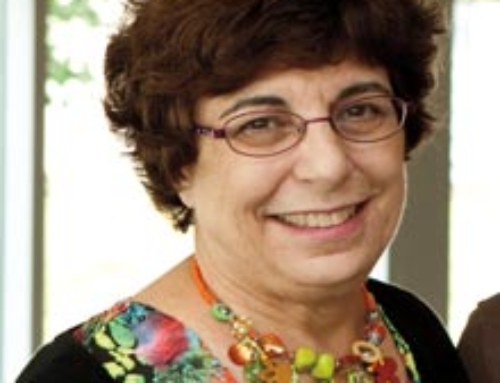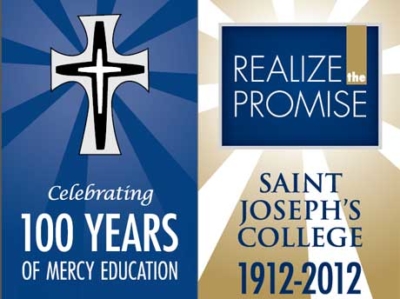 When Saint Joseph’s College was founded in 1912, streetcars ran along Stevens Avenue near the Sisters of Mercy convent in Portland where the college opened its doors. Horse-drawn carriages also served as common transport because mass production of automobiles had yet to take off. As a country, the United States practiced isolationism, World War I was distant thunder and an American role as superpower was unimaginable.
When Saint Joseph’s College was founded in 1912, streetcars ran along Stevens Avenue near the Sisters of Mercy convent in Portland where the college opened its doors. Horse-drawn carriages also served as common transport because mass production of automobiles had yet to take off. As a country, the United States practiced isolationism, World War I was distant thunder and an American role as superpower was unimaginable.
The thread of memories, newspaper clippings and reasoned guesses from older alumni give us some idea of how the college began. College archivist Sister Mary George O’Toole ’51 says her understanding is that students at the Saint Joseph’s Academy high school on the convent grounds wanted further education to become teachers. The Mother Superior started a two-year degree program, which quickly turned into a 4-year education degree program.
What were the early years like? The archives do not go back that far, but here are a few choice vignettes (and we will report on more memories in subsequent issues):
✦ A 1916 transcript states the college’s name as the Saint Joseph’s Normal School for Girls. (Colleges for teachers were called normal schools.)
✦ Students were required to take philosophy and theology, just like today. But gone are “secretarial science” courses!
✦ Gloria Gallant ’49 of Portland, Maine, recalls in-room study halls supervised by the nuns from 7:30 to 9 each night, with no visitors allowed of either sex. Even on the weekends, the students had to be in by 10 p.m. “How we looked forward to those weekends when we could stay out until that ungodly hour of 10 o’clock!!! Say your date took you to a dance. Just about the time you both figured out who was supposed to be leading and were in sync, it was time to leave. Woe to you if you arrived after curfew! You were campused the following weekend, meaning you had to stay at St. Catherine’s Hall. Your boyfriend could visit as long as he remained supervised. Sometimes the boyfriends played cards with the Sisters.”
✦ There were “mixers,” i.e. dances, with all-male Bowdoin College. But Gallant writes that the girls were never told about the dances with the sailors at the USO in Portland during World War II.
✦ Physical education for freshmen and sophomores was required, including archery and horseback riding (vans delivered students to the stables).
✦ For much of its early years, the college was financed by the Motherhouse. Most of the faculty members were Sisters, and their salaries were recorded as “contributed services” – a common practice at Mercy-sponsored colleges. But in the 1980s, the Sisters decided that the college was old enough to support itself – much like a college student who has matured and gone on to earn a salary. The Sisters of Mercy began to collect on their “contributed services.”
✦ Seniors got to live, eat and study in Xavier Hall.
Our society has changed greatly in the last 100 years, but one thing that will never change is the smile on the face of Sister Mary George when she talks about the college and its legacy. The school runs in her veins, and she is deeply proud and attached to its history, as she should be. She and so many other Sisters dedicated their lives to enriching the lives of others through education.
Catherine McAuley, the founder of the Sisters of Mercy, would be proud. Her legacy of helping people lives on – and speaks to the Centennial theme of “Realize the Promise.”
Join us for Centennial events in coming months
March 19 – Feast of Saint Joseph Mass and Celebration. To celebrate the college’s namesake on his Saint Day, the community is invited to participate in a 100-candle lighting ceremony on campus, a celebratory Mass, and a festive meal to celebrate Saint Joseph.
March 20 – Common loons: Preserving a symbol of Maine wilderness
Part 3 of Centennial Faculty Lecture Series
Common loons have long been a beloved part of the Maine wilds but environmental changes threaten their survival. Biology instructor Camilla Fecteau will discuss the life history of loons, the biggest risks to their success, and actions that we can take to preserve their place on our lakes. Her research has focused on the effects of mercury on the reproductive success of high-trophic-level birds such as common loons, belted kingfishers, raptors, seabirds and songbirds.
April 3 – Discover your personal brand and how to communicate it
Part 4 of Centennial Faculty Lecture Series
Branding is not only for soaps and for beer. Business instructor Mary Lynn Engel will show that your personal brand can be about how you act, feel, look and think in a way distinctive only to you. After this presentation, you will be on the way to better understanding yourself, how others perceive you, and ways to bring the two together. Engel teaches the Branding and Brand Management course on campus.
April 11 – The Stories of Heroes and Heroines as the Source of Our Hope and the Grounds of Our Promise
Part 1 of Centennial Lecture Series
Father Monk Malloy, CSC, author, professor and longtime president of the University of Notre Dame until 2005, will present this talk about men and women from different periods in history (including the present) who merit our attention as examples of human virtue. His intention will be to both lift our collective spirits and to call all present to follow the example of these good people.
